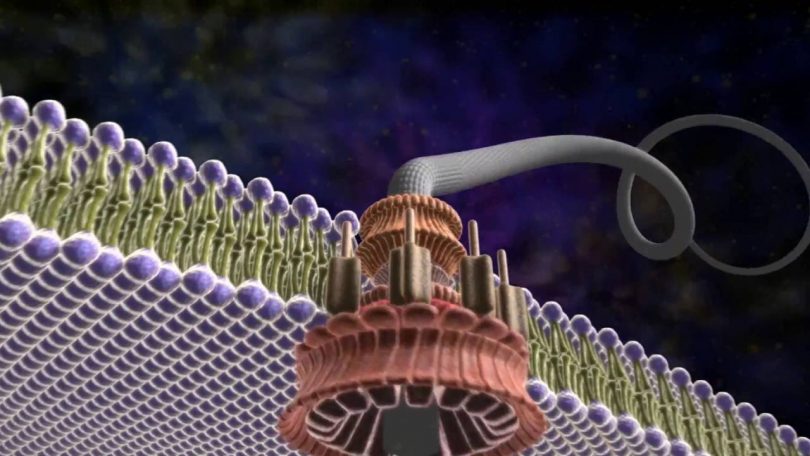Darwin’s general theory presumes the development of life from non-life (abiogenesis) and stresses a purely naturalistic (undirected and spontaneous) “descent with modification” of all life forms. That is, complex creatures “evolved” from more simplistic ancestors “naturally” over time. In a nutshell, as random genetic mutations occur within an organism’s genetic code, the beneficial mutations are preserved (because they aid survival) in a process known as “natural selection.”
Such “beneficial” mutations are passed on to the next generation. Over time, beneficial mutations accumulate and the result is an entirely different organism (not just a variation of the original, but an entirely different creature). It is important to consider two different types of mutations when considering Natural Selection.
Darwin conceded that, “If it could be demonstrated that any complex organ existed, which could not possibly have been formed by numerous, successive, slight modifications, my theory would absolutely break down.”
Charles Darwin, “On the Origin of Species by Means of Natural Selection, or the Preservation of Favoured Races in the Struggle for Life,” 1859, p. 158.
Such a complex organ would be known as an “irreducibly complex system”. An irreducibly complex system is one composed of multiple parts, all of which are necessary for the system to function. If even one part is missing, the entire system will fail to function. Every individual part is integral.”
Thus, such a system could not have evolved “by numerous, successive, slight modifications.”
Michael Behe, “Darwin’s Black Box,” 1996.
The common mousetrap is an everyday non-biological example of irreducible complexity. It is composed of five basic parts: a catch (to hold the bait), a powerful spring, a thin rod called “the hammer,” a holding bar to secure the hammer in place, and a platform to mount the trap. If any one of these parts is missing, the mechanism will not work. Each individual part is integral. The mousetrap is irreducibly complex.
“Unlocking the Mystery of Life,” documentary by Illustra Media, 2002.
Darwin’s Theory of Evolution is a theory in crisis in light of the tremendous advances we’ve made in molecular biology, biochemistry and genetics over the past fifty years. We now know that there are in fact tens of thousands of irreducibly complex systems on the cellular level. Specified complexity pervades the microscopic biological world.
https://www.allaboutscience.org/darwins-theory-of-evolution.htm
Molecular biologist Michael Denton wrote, “Although the tiniest bacterial cells are incredibly small, weighing less than 10-12 grams, each is in effect a veritable micro-miniaturized factory containing thousands of exquisitely designed pieces of intricate molecular machinery, made up altogether of one hundred thousand million atoms, far more complicated than any machinery built by man and absolutely without parallel in the non-living world.”
Michael Denton, “Evolution: A Theory in Crisis,” 1986, p. 250.
Charles Darwin, “On the Origin of Species by Means of Natural Selection, or the Preservation of Favoured Races in the Struggle for Life,” 1859, p. 155.
All content derived from All About Science article: https://www.allaboutscience.org/darwins-theory-of-evolution.htm


